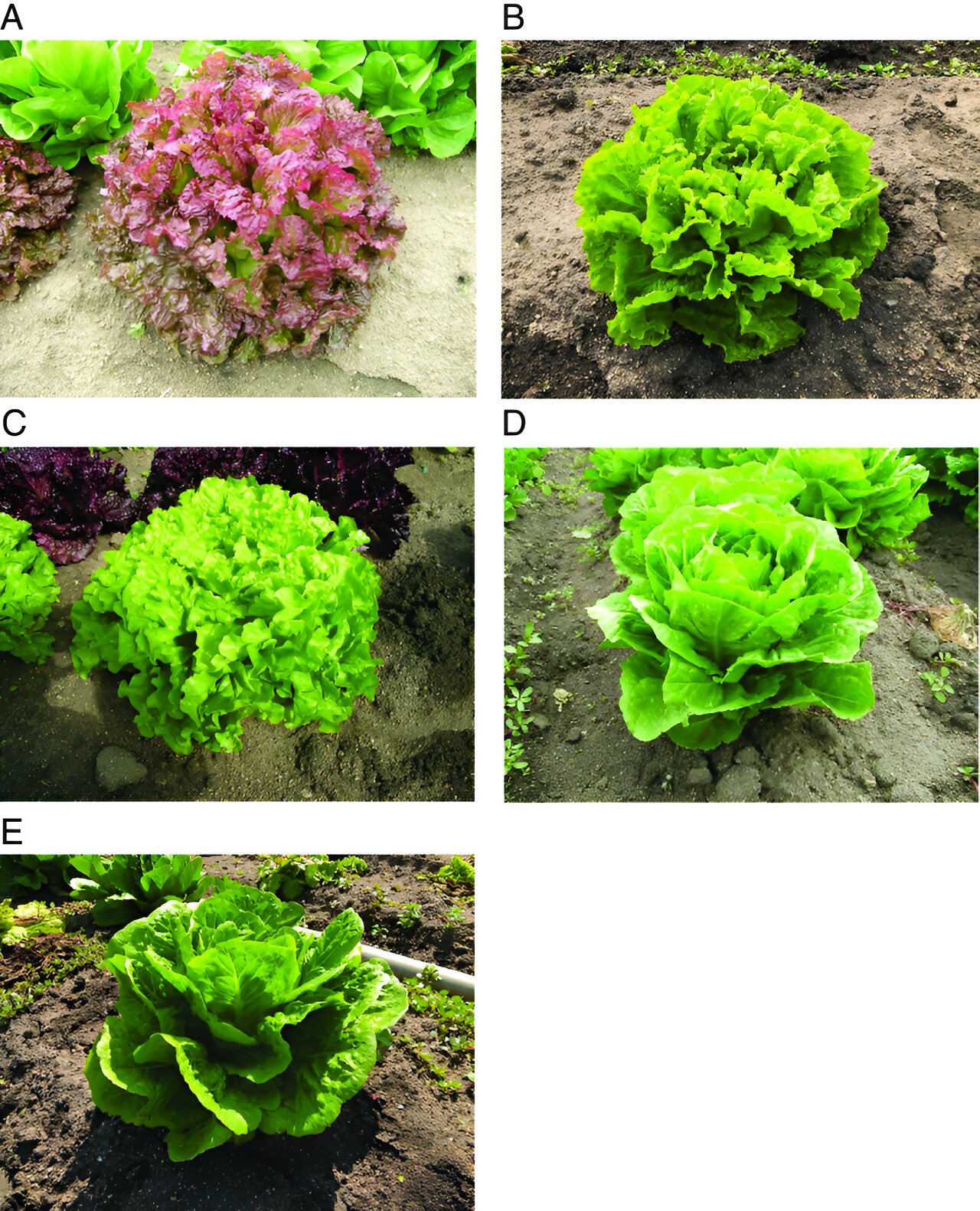You may believe that forgetting information here and there is normal as you age. However, that doesn’t have to become a permanent fixture in your life. There are several natural strategies that can help keep your brain in top shape.
In an article for CNET,1 journalist Taylor Leamey, who is also a Certified Sleep Science Coach,2 highlights six insightful ways to help keep your mind sharp as you age. I’ve listed them below, expanding on her ideas by adding my own recommendations.
Learn a New Skill
Have you ever wanted to play an instrument, like the guitar or the piano? It’s never too late to learn! One of the simplest ways to keep your brain in top shape is picking a new skill or hobby that you haven’t tried yet but interests you.
Taking up a musical instrument can, figuratively, have your brain firing on all cylinders. In a 2018 study,3 researchers sought to understand how music can benefit cognitive function in adults. They recruited seven patients diagnosed with mild traumatic brain injury and gave them piano lessons for eight weeks. Throughout the study, the participants’ brains were scanned using functional and structural magnetic resonance imaging (MRI) technology.
Results indicate that the subjects were able to function better in social interactions and had improved concentration. Moreover, six out of seven of them felt confident enough to return to their jobs after their accident.4
If learning a musical instrument doesn’t appeal to you, even the simple act of listening to music can have profound effects on your memory. In a study5 published in Neuropsychologia, patients with Alzheimer’s disease better recognized music when the lyrics were sung to them, aside from having a visual presentation. The study authors concluded that music may enhance memory recall for verbal information.
Another activity you can try is dancing. In a paper6 published in Clinical Interventions in Aging, researchers observed the effects of dancing on the cognitive function of participants affected by mild cognitive impairment, which is the transitional stage between normal aging and dementia.
For three months, the participants were instructed in a moderate-intensity dance routine, aside from their usual health care regimen. The dance routine was carefully selected for its complex movements, allowing the participants to use their memorization skills. Results showed an improvement in their episodic memory and processing speed compared to the control group, which didn’t partake in the dance classes.7
As you can see, acquiring a new skill or hobby can keep your brain “on its toes.” The important thing to remember is that you should be interested in it, so that you can remain inspired to keep practicing and getting better. “Just make sure it’s challenging or complex, and continue to practice for the best brain results,” Leamey says.8
Get Regular Exercise
Exercise is an important component to overall health that most people should implement in one way or another. Leamey says, “Generally, any exercise that’s good for the body will also help the mind. It doesn’t have to be lifting weights; walking, swimming and dancing also achieve the same results.”9
Aside from helping boost fitness, research suggests that exercise may also help with cognition by boosting blood flow to the brain.10 This process helps your brain produce new nerve cells, which is a process called neurogenesis.11
In a related example, a study12 noted that the hippocampus shrinks during late adulthood, which can increase your risk for impaired memory and dementia. The researchers hypothesized that exercise may counteract these cognitive issues.
In their experiment, they tasked participants with completing a computerized spatial memory task at baseline, as well as following an exercise program for a year. By the end of the study, the participants’ hippocampus grew by 2%. While this may seem small, it’s already enough to keep away reverse age-related loss for another one to two years.
In addition, the subjects received higher scores in the spatial memory task a year after their baseline scores were taken. Specific findings in this area of the study include increased response times and improved memory.13
So, what constitutes effective exercise? For most adults, moderate-intensity exercise is the ideal option. In my interview with Dr. James O’Keefe, a cardiologist with the Mid-America Heart Institute at St. Luke’s Hospital in Kansas City, he espouses two strong cases for moderate-intensity exercise:
1. Too much vigorous exercise can backfire — If you’re sedentary and begin to exercise, you get a dose-dependent decrease in mortality, depression, high blood pressure and other conditions. However, he noted that people who had the highest volume of vigorous exercise, which totals four to seven hours per week, won’t get any additional benefit.
2. You cannot overdo moderate exercise — This type of exercise is loosely defined as exercising to the point where you’re slightly winded but can still have a conversation. Activities that fall under this category include gardening, completing housework, walking, a relaxing bike ride around your neighborhood, yoga and swimming. In short, the exercise should not fall under the competitive category. It should be fun and stress-reducing.
Solve Puzzles to Train Your Mind’s Muscles
As exercising can lead to better fitness, the same idea can be likened to solving puzzles for your brain. According to training specialist David Wiener, in an interview for the online magazine Express,14 he explains how puzzles can help keep your mind sharp:
“By challenging your brain with mental exercises, it is believed you could maintain individual brain cells and stimulate communication between them to help them work more effectively.”
To “exercise” your mind, crossword puzzles may be a convenient option. In a study published in the Journal of the International Neuropsychology Society, completing crossword puzzles may help delay memory decline in persons who already developed dementia, “possibly via its effect on improving cognitive reserve.”15
Aside from puzzles, what other activities can you try? Dr. Zaldy Tan, director of the Cedars-Sinai Memory and Healthy Aging Program, provides additional examples that can stimulate your mind:16
- Concentration skills such as online brain games
- Visual-spatial working memory skills such as a jigsaw puzzle
- Tactile skills that use procedural memory, such as knitting or model-building
- An activity combining tactile, visual, motor and auditory skills, such as dancing
Prioritize Getting Enough, High-Quality Sleep
Sleep is one of the most important pillars of health, especially when it comes to brain health. Your brain makes up only 2% of your bodyweight yet uses around 20% of your body’s total energy expenditure.17 It performs numerous energy-intensive processes, such as synaptic transmission and firing neurons.
While you’re awake, metabolic waste is generated in the process of consuming energy.18 This is where sleep comes into play. As your body is in deep slumber, your brain takes advantage of this time to flush waste and clear out debris that could otherwise lead to degenerative disease.19
The system responsible for this process is the glymphatic system, which acts as a “brain-wide metabolite clearance system.”20 By pumping cerebrospinal fluid through your brain’s tissues, your glymphatic system flushes waste from your brain back into your circulatory system and liver for elimination.
If you don’t get enough sleep, cognitive performance becomes affected. According to Matthew Walker, Ph.D., director of the University of California Berkeley’s Center for Human Sleep Science, sleep influences your learning and memory processes both before and after acquiring new information. Therefore, depriving yourself of sleep will impact your brain’s learning process.21,22
If you’re having trouble getting peaceful rest, these strategies may help. For a more comprehensive list, see “Sleep — Why You Need It and 50 Ways to Improve It.”
|
Avoid using electrical devices at night — These devices emit blue light, which tricks your brain into thinking it’s still daytime. |
|
Get bright sun exposure in early morning and around mid-day — Your pineal gland produces melatonin roughly in approximation to the contrast of bright sun exposure in the day and complete darkness at night. If you’re always indoors and swamped in darkness, your body won’t notice the difference, thus hampering melatonin production. |
|
Sleep in complete darkness — Light sources, even from a night light or alarm clock, can disrupt your internal clock and your production of melatonin. |
|
Eliminate electromagnetic fields (EMFs) in your room — EMFs may disrupt your sleep. I recommend turning off your Wi-Fi at night, since you don’t need it while you’re asleep. Turning off the electricity in your bedroom by pulling your circuit breaker can also remove dirty electricity, which is a hidden source of EMFs. |
|
Find your ideal sleeping temperature — According to sleep psychologist Michelle Drerup, PsyD, the ideal temperature for good sleep is around 60 to 67 degrees Fahrenheit (15 to 19 degrees Celsius).23 You can experiment within this range. |
|
Adopt a neutral sleeping position — Posture can greatly affect sleep quality. For deep, restful sleep, I recommend adopting a neutral position. It’s a posture wherein you’re lying flat on your back with a pillow under your neck, and your arms down by your sides. Note that this may increase your risk of sleep apnea, but you can use a paper tape over your mouth, thus forcing you to breathe through your nose and stop snoring. |
Eat a Healthy Diet
Your metabolic health is crucial for cognition. If it’s not in optimal shape, then brain health may suffer as well. As noted in a study published in Neurology,24 a pro-inflammatory diet can increase your risk of dementia. Notable pro-inflammatory markers include increased intake of omega-6 fatty acids, as well as trans fat.25
These findings lend credence to the dangers of linoleic acid (LA), an omega-6, polyunsaturated fatty acid (PUFA), which I believe is one of the most destructive ingredients in the modern Western diet. Most ultraprocessed and junk foods sold today contain high amounts of this unhealthy fat, and this includes fast food and foods served in restaurants.
If that’s the case, then what is the ideal diet for optimizing your metabolism for better brain health? Some of the options Leamey recommends are leafy greens, salmon, green tea, Greek yogurt, and cruciferous vegetables such as broccoli. While these are ideal suggestions, I advise getting them from clean, sustainable sources to protect your health.
For example, choose Alaskan wild-caught salmon instead of farmed salmon. For green tea, choose loose leaf tea, as teabags can leak toxins when heated. Regarding yogurt, it should be made from raw, grass fed milk, preferably homemade. As for leafy greens, spinach are high in oxalates, so if you’re sensitive to oxalates, stick to low oxalate varieties.
In addition to the mentioned foods, here are additional, crucial strategies that can help guide your dietary options:
|
Keep PUFA intake below 5 grams. If you can get it below 2 grams, that would be even better. Generally, avoid all types of seed oils, such as soy, sunflower, safflower, canola, corn, palm and cottonseed oil, and any food made with or cooked in these oils. |
|
Avoid high-fructose corn syrup when adding carbs to your diet. |
|
Avoid all processed foods, restaurant foods, condiments and animal foods raised on grains, such as chicken and pork, as all of these are high in LA. |
|
Stick with the sugars from ripe fruit, raw organic honey and/or pure organic cane sugar. |
|
Carbohydrate intake can come in the form of some vegetables, and well-cooked low-oxalate starches. |
|
Ideal protein intake is around 15% of your daily calories; restrict fats to 30%. |
The reason why I recommend limiting fat is because your mitochondria can only burn one fuel at a time, either fat or glucose. This energy-switching mechanism, called the Randle cycle, can be likened to a railroad that changes the tracks of a train. The image below can help you visualize this vital concept.

When more than 30% of your calories come from fats, your body will prioritize this energy source rather than glucose. The shift can hinder your body’s ability to burn carbohydrates, which can contribute to higher blood sugar levels and insulin resistance.
Your body does this through a process called gluconeogenesis, wherein cortisol is secreted and synthesized into glucose. Cortisol also happens to be the primary aging hormone, so keeping it low can help ward off premature aging.
Moreover, while I believe ripe fruits and starches like white rice are ideal carbs, it’s important to note that they’re rich in fiber, which will feed endotoxin-producing gut bacteria UNLESS your gut health is optimal.
If you experience problems eating complex carbs that result in bowel issues, then consider temporarily restricting your carb intake to very simple carbohydrates such as fruit juice, which is easier to digest. Once your gut health improves, you’ll be able to incorporate more fiber-rich fruits, vegetables and starches.
I also recommend avoiding sources of monounsaturated fatty acids (MUFAs) high in oleic acid, such as olive oil. These products may be just as damaging as LA when consumed in high quantities (when not balanced by adequate saturated fat). Interestingly, the Neurology study I cited earlier supports this notion — the researchers observed that MUFAs are also a pro-inflammatory dietary marker.26
Foster New and Current Connections
As the saying goes, “No man is an island, no man lives alone.”27 Humans are meant to be social, and neglecting this aspect can have dire consequences to your health. Leamey says:
“Prioritizing social contact is an essential part of aging well. Whether spending time with your family or putting yourself out there at your local community center, staying connected is an integral part of aging gracefully.”
According to a study published in PLOS Medicine, the quality of social relationships can directly affect mortality rate. In fact, the researchers equated the influence of social relationships to the same magnitude as smoking and alcohol consumption.28
Similarly, two meta-analyses29,30 that investigated loneliness and social isolation — which are related but not identical — may be an even greater threat to public health compared to obesity, and even raise your risk for premature death by 50%.
For best results, I recommend creating a social routine with the exercise examples I mentioned earlier, which can provide a synergistic effect. Going back to my interview with O’Keefe, he mentions how exercising while socializing can benefit your health:
“Exercising and making social connections at the same time, that is an absolute goldmine of a longevity activity,” he says. “That means that even walking with your dog or your friend or [playing] pickleball is huge … The whole thing is to move your body in a fun, playful manner and make it social.”
How does one make new friends, especially as an adult? Here are some suggestions that can help expand your social circle:
|
Join a club — Proactively approaching an established group can allow you to meet people right away who have the same interests as you. Meetup.com is an online source that can show you clubs and get-togethers in your local area. |
|
Create rituals of connection — Having weekly talk sessions or making time to eat a meal with family members can maintain help deepen your connections with loved ones. |
|
Reach out — Seeking out and contacting friends who need support can strengthen connections, and this feedback loop can be a powerful way to help each other during times of need. |
|
Exercise with others — As mentioned by O’Keefe earlier, you can join a gym and meet new people. This can allow you to create new social relationships while improving your fitness at the same time. |
|
Support local businesses — Patronizing local businesses for your daily needs can help you develop a sense of community and encourage the formation of new relationships. |
|
Volunteer — Joining a charitable organization can allow you to meet like-minded people who share the same altruistic interests as you. |
|
Move and/or change jobs — While this option may be drastic, it may be the solution for other people. To make the change worthwhile, make sure that the environment or culture fits best with your personality. Don’t forget to consider the distance that may widen between your longtime friends and family if you move to a new place. |







